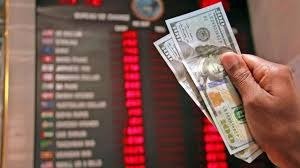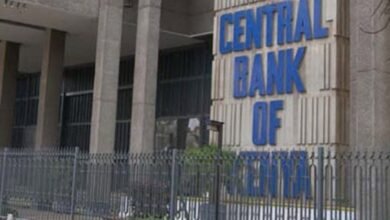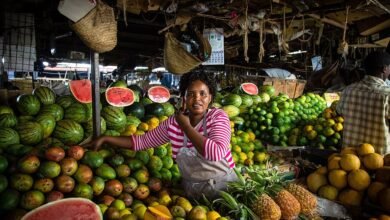
Weaker currencies make the fight to curb inflation harder given that majority of African countries dependend on imports
Since the pandemic at the onset of 2020, most sub-Saharan African currencies have weakened against the US dollar, fanning inflationary pressures across the continent as import prices surge.
This, together with a growth slowdown, leaves policymakers with difficult choices as they balance keeping inflation in check with a still-fragile recovery.
According to Bloomberg, the average depreciation for the region since January 2022 is about 8 percent. The extent varies by country, however. Ghana’s cedi and Sierra Leone’s leone depreciated more than 45 percent.
External factors mostly drove the depreciations across the region. Lower risk appetite in global markets and interest rate hikes in the United States pushed investors away from the region towards safer and higher-paying US treasury bonds.
Foreign exchange earnings took a hit in many countries as demand for the region’s exports dropped because of the economic slowdown in major economies. At the same time, high oil and food prices, partly due to Russia’s war in Ukraine, pushed up import costs in 2022.
Kenya
For the past week, the Kenya Shilling depreciated by 0.4% against the US dollar to close the week at Ksh.143.6 from Ksh.142.9 recorded the previous week.
On a year-to-date basis, the shilling has depreciated by 16.3% against the dollar, adding to the 9.0% depreciation recorded in 2022.
The need for government debt servicing continues to put pressure on forex reserves given that 66.8% of Kenya’s external debt is US Dollar denominated as of April 2023.
The tied consequences are that the Kenya shilling exchange rate versus Uganda shilling slumped from an average Ush.30 to a record low of Ush.24 last month.
Implications
When currencies weaken against the US dollar, local prices rise, as much of what people buy, including essential items like food, are imported. More than two-thirds of imports are priced in US dollars for most countries in the region.
According to a report by CNBC Africa, Weaker currencies also push up public debt. About 40 percent of public debt is external in sub-Saharan Africa and over 60 percent of that debt is in US dollars for most countries.
Since the beginning of the pandemic, exchange rate depreciations have contributed to the region’s rise in public debt by about 10 percentage points of GDP on average by end-2022.
Growth and inflation (which reduces the real value of existing debts) helped to contain the public debt increase to about 6 percent of GDP during the same period.





